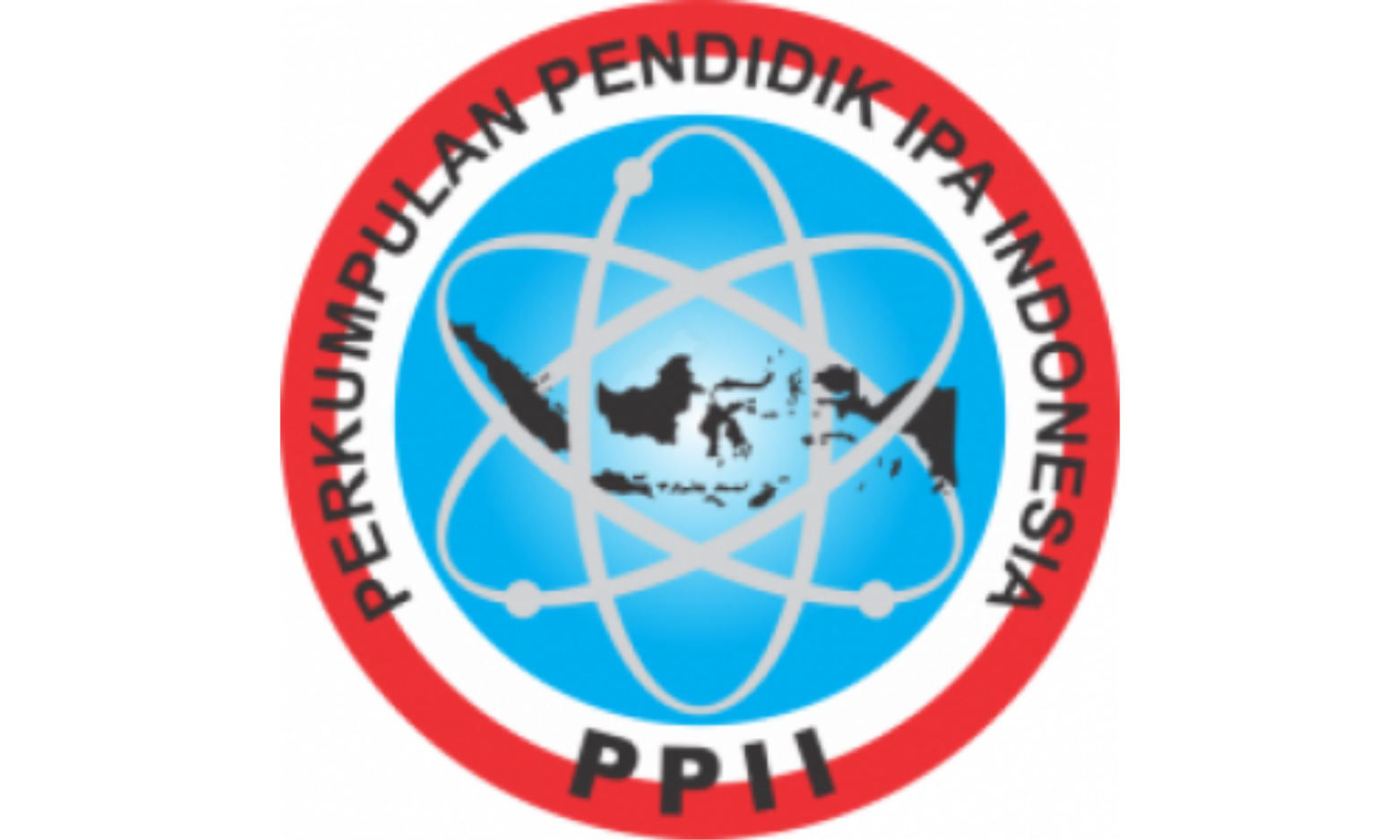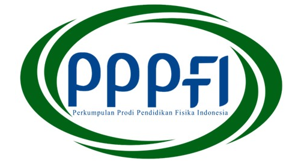THE EFFECT OF INTERACTIVE LEARNING MEDIA ON STUDENT’S CONCEPTUAL UNDERSTANDING
DOI:
https://doi.org/10.15575/jotalp.v8i2.27705Keywords:
interactive media, concept understanding, pressureAbstract
The objective of the study was to determine the effect of interactive learning media on the conceptual understanding of the pressure on substances for Grade VIII students. This type of research was a quasi-experimental design with a non-equivalent control group design involving the experimental and control groups. The experimental group was exposed to an interactive media storyline 3 integrated with PhET simulation, while the control group used the presentation graphic (PowerPoint). A total of 62 students from the state junior high school in Bengkulu Tengah district in Bengkulu province. The data collection instrument was a conceptual understanding test. The data analysis technique employed the independent t-test and Cohen’s effect size. The result of the effect size test indicates that the use of storyline 3 interactive media integrated with PhET simulation induced students' conceptual understanding of class VIII on the concepts of pressure indicated by the effect size with large criteria (d = 1.082).
References
Agustine, D., Wiyono, K., & Muslim, M. (2014). Pengembangan e-Learning Berbantuan Virtual Laboratory. 1(1), 33–43.
Ahied, M., & Ekapti, R. F. (2019). Conceptual understanding of pressure concept through problem based learning in junior high school grade 8 th. Journal of Physics: conference series, 1–6.
Charli, l., Amin, A., & Agustina, D. (2018). Kesulitan siswa dalam menyelesaikan soal fisika pada materi suhu dan kalor di kelas X SMA Ar-Risalah. Journal of Education and Instruction (JOEAI), 1(1), 42–50.
Cohen, J. (1988). Statistical power analisis for the behavioral sciences (2nd ed.). Nj: Lawrence Erlbaum Associates.
Darmiasih, P. E. P. (2020). Pengaruh model pembelajaran kooperatif tipe Think Pair Share terhadap pemahaman konsep IPA siswa. Skripsi, undiksha.
Engelmann, S. (1980). Direct instruction. Englewood. Cliffs, NJ: Educational Technology.
Etikan, I., Musa, S. A., & Alkassim, R. S. (2016). Comparison of Convenience Sampling and Purposive Sampling, American Journal of Theoretical and Applied Statistics, 5(1): 1-4
Fajar, I. N., Sari, M. M., & Irhasyuarna, Y. (2022). Pengembangan media pembelajaran interaktif menggunakan articulate storyline untuk melatih kemandirian belajar peserta didik smp pada materi sistem ekskresi manusia. Jurnal Pendidikan Sains dan Terapan, 2(1), 40–54.
Handono, T. (2010). Peningkatan penalaran siswa pada konsep tekanan melalui penerapan metode problem solving di SMP pengudilurur moyudan. Skripsi.
Hammer, D. & Elby, A. (2003). Tapping epistemological resources for learning physics. Journal of the Learning Sciences, 12 (1), 53-90.
Hasian, H. P., Situmorang, R. P., & Tapilouw, M. C. (2020). Pengembangan media animasi sistem gerak berbasis model poe untuk meningkatkan pemahaman konsep dan keterampilan generik sains mempelajari biologi. JIVPA (Jurnal Pendidikan Ipa Veteran), 4(2), 115–131.
Ilyas, liu, A. N. A. M., & sara, k. (2022). Memahami konsep fisika melalui praktikum laboratorium virtual. Media Sains Indonesia.https://books.google.co.id/book
Lestari, N. S., Koto, I., Sutarno, Nirwana, & Wardana, R. W. (2022). Pengembangan media pembelajaran interaktif berorientasi pemahaman konsep pada pembelajaran materi tekanan untuk siswa SMP kelas VIII. Skripsi, FKIP :Universitas Bengkulu.
Marpaung, R. R., Aziz, N. R. N., Purwanti, M. D., Sasti, P. N., & Saraswati, D. L. (2021). Penggunaan laboratorium virtual PhET simulation sebagai solusi praktikum waktu paruh. Journal of Teaching and Learning Physics. 6(2), 110–118.
Mubarrok, M. F., & Mulyaningsih, S. (2014). Penerapan pembelajaran fisika pada materi cahaya dengan media phet simulations untuk meningkatkan pemahaman konsep siswa di SMP. Jurnal Inovasi Pendidikan Fisika (JIPF), 03(01), 76–80.
Nana. (2020). Penerapan eksperimen virtual PhET terhadap model pembelajaran POE pada tumbukan untuk melatih keterampilan proses sains. Jurnal Inovasi dan Pembelajaran Fisika, 7(1), 17–27.
Novitasari, D. (2016). Pengaruh penggunaan multimedia interaktif terhadap kemampuan pemahaman konsep matematis siswa. Jurnal pendidikan matematika & matematika, 2(2).
Nurazizah, H. M. (2015). Penerapan model pembelajaran inquiry based science plus reading untuk meningkatkan hasil belajar pada ranah kognitif. Skripsi. Universitas pendidikan indonesia.
Pallant, J. (2007). SPSS Survival Manual: A step by step guide to data analysis using SPSS for windows. (3rd ed.). Open University Press, McGraw-Hill Education.
Rahmawati, I., Hidayat, a., & Rahayu, S. (2016). Peguasaan konsep IPA siswa SMP pada materi tekanan pada zat cair dan aplikasinya. Jurnal Pendidikan Sais, 4(3), 102–112.
Regeg, I. W. A. (2020). Identifikasi miskonsepsi materi tekanan pada siswa kelas viii smpn 1 singaraja (studi fenomena). skripsi. Unidksha.
Rizaldi, D. R., Jufri, A. W., & Jamaluddin, J. (2020). PhET: simulasi interaktif dalam proses pembelajaran fisika. Jurnal ilmiah profesi pendidikan, 5(1), 10–14.
Rosengrant, D., Heuvelen, A., V., & Etkina, E. (2009). Do students use and understand free-body diagrams? Physical Review Special Topics - Physics Education Research 5, 010108.
Satria, T. G., & Egok, A. S. (2020). Pengembangan etnosains multimedia learning untuk meningkatkan kognitif skill siswa sd di kota lubuklinggau. Jurnal basicedu, 4(1), 13–21.
Sesilia, J., & Manurung, N. (2022). Pengembangan media pembelajaran menggunakan articulate storyline 3 untuk meningkatkan kemampuan pemahaman konsep matematis pada materi bangun ruang sisi datar. Inspiratif. jurnal pendidikan matematika, 8(2), 52–66.
Sumarmo, U. (2014). Asesment soft skill dan hard skill matematik siswa dalam kurikulum 2013. 1-30
Team, p. (2015). Team PhET.
Wibawanto, W. (2017). Desain dan pemrograman multimedia pembelajaran interaktif. Cerdas ulet kreatif. Https://books.google.co.id/books?id=9puldgaaqbaj
Widayat, W., Kasmui, & Sukaesih, S. (2014). Pengembangan multimedia interaktif sebagai media pembelajaran IPA terpadu pada tema sistem gerak pada manusia. Unnes Science Education Journal, 3(2), 535–541.
Wieman, C., Adams, W., Loeblein, P., & Perkins, K. (2010). Teaching physics using PhET simulations. The Physics Teacher, 48(4), 225–227. https://doi.org/10.1119/1.3361987
Widiyatmoko, A., & Shimizu, K. (2017). An overview of conceptual understanding in science education curriculum in indonesia. Journal of physics, 983.
Wulandari, M. L., Sutrio, S., & Rahayu, S. (2017). Pengaruh model pembelajaran conceptual understanding procedures (cups) terhadap hasil belajar fisika siswa kelas XI SMA Negeri 5 Mataram tahun ajaran 2015/2016. Jurnal pendidikan fisika dan teknologi, 3(2), 188–196.
Zubaidah, S., mahanal, S., Yulianti, l., Dasna, I. W., Ardian, Pangestuti, R, D., Puspitasari, Hamim, Mahfudhillah, Robitah, A., Zenia, I., Kurniawati, Rosyida, F., & Sholihah, M. (2017). Ilmu pengetahuan alam SMP/Mts kelas VIII semester 2. Kementrian pendidikan dan kebudayaan.
Downloads
Additional Files
Published
Issue
Section
Citation Check
License
Journal of Teaching and Learning Physics is licensed under a Creative Commons Attribution-NonCommercial-NoDerivatives 4.0 International License








